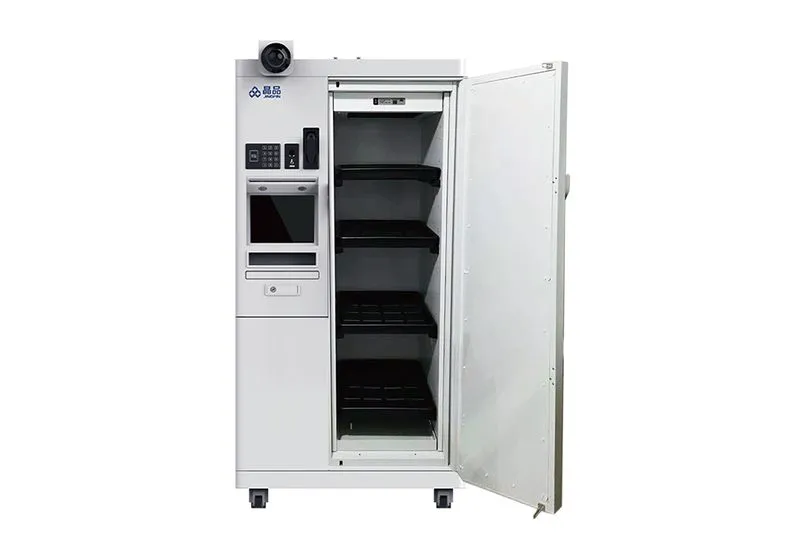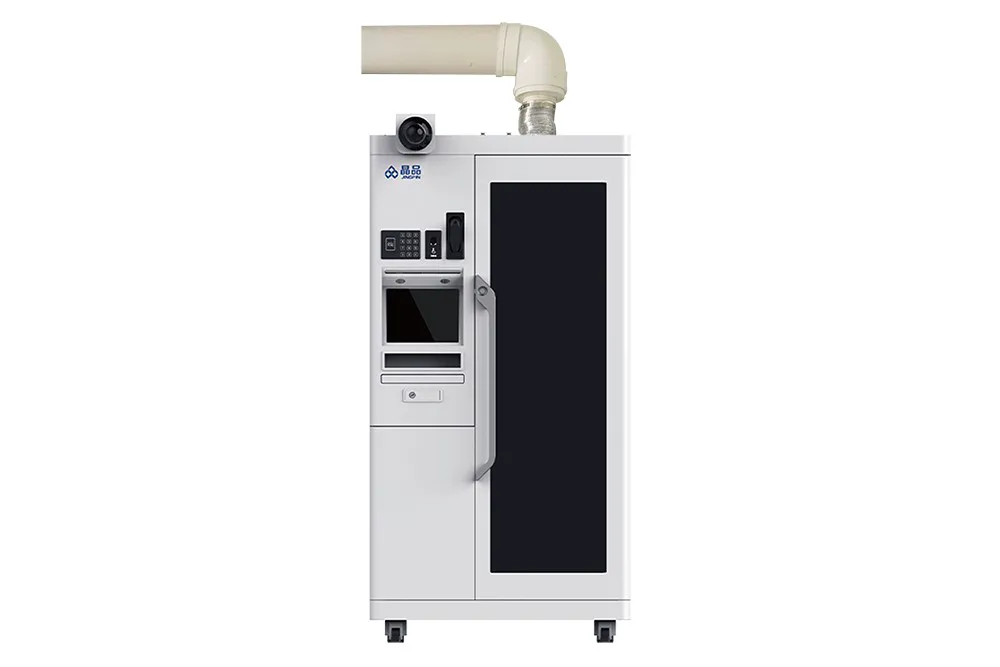laboratory reagents cabinet
There are many kinds of laboratory reagents with different properties, and most of them have certain toxicity and danger, so how to manage chemical reagents has become a required course for experimentalists. The following talks about the management of laboratory reagents in terms of the purchase, storage, storage and safe use of laboratory reagents.
1. Storage environment: Ensure safety and stability
The storage environment of laboratory reagents should be safe and stable. First, the reagent should be stored in a dry, well-ventilated place. Humidity can cause the decomposition or crystallization of the reagent, reducing its purity or effectiveness. At the same time, the reagent should also be stored away from the fire source, acid base and organic matter, to avoid chemical reactions or fire accidents. In this case, you can choose our JPG3000 series, this reagent cabinet has an internal air circulation filtration system, with strong activated carbon adsorption capacity, good general effect, easy loading and unloading, can control the harmful gases in the cabinet within the safe range, and the cabinet storage environment is quite safe and stable.

Storage temperature: pay attention to the special requirements of different reagents
Different reagents have different requirements for storage temperatures. Under normal circumstances, the storage temperature of the reagent should be kept at room temperature or low temperature. Reagents stored at room temperature should be kept away from direct sunlight to prevent their failure due to heat. Reagents stored at low temperatures need to be stored in a refrigerator or freezer to ensure that the temperature is stable and within the specified range. In order to ensure that the quality and properties of the reagent can be maintained for a long time, the correct preservation method is very important. So you can choose to use the reagent cabinet storage. For example, our intelligent refrigerator storage capacity is large, using 12.1 inch capacitive touch screen, temperature control can be adjusted.
3. Identification:
Ensuring clear and legible labeling of reagents is key to ensuring proper use. Each laboratory reagent should have a clear, easy-to-read label containing information such as the reagent's name, chemical formula, purity, storage conditions, date of production, and expiration date. The label should be firmly attached to the packaging container, so as not to drop or not to find the aroma, in the case of too many of our reagents, the storage and retrieval of the information of the reagent will be inconvenient, but our intelligent reagent cabinet solves these problems, such as our RFID intelligent layer can be quickly and accurately to the layer, to achieve rapid delivery without personnel records, convenient and safe.

In order to avoid the interference of environmental and other factors, all chemical reagents shall not be put back into the storage container once taken out: reagents that must be returned to the storage, reagents must be set up a special container for recovery or storage, and chemical test reagents with moisture absorption or easy oxidation and easy deterioration must be sealed and stored to avoid hygroscopic hydrolysis, oxidation or deterioration. Regular inventory, check the reasons for errors should be checked in time, and report to the competent leadership or department for treatment.
In order to meet the needs of laboratory reagent management and improve the scientific management of reagents -- Beijing Jingpin Saisi Technology Co., LTD., intelligent reagent safety management system provides you with a new green solution!



Leave a Message